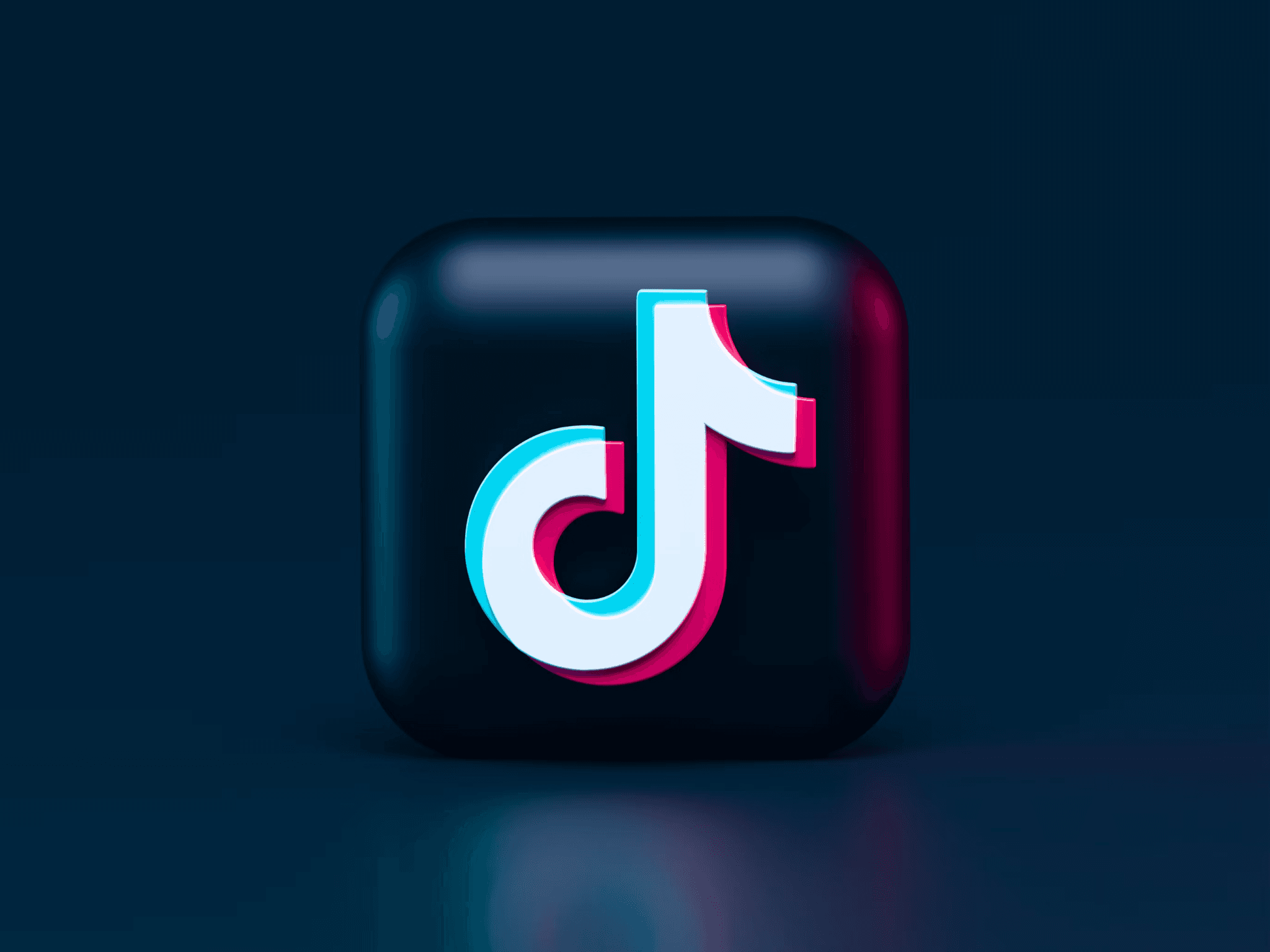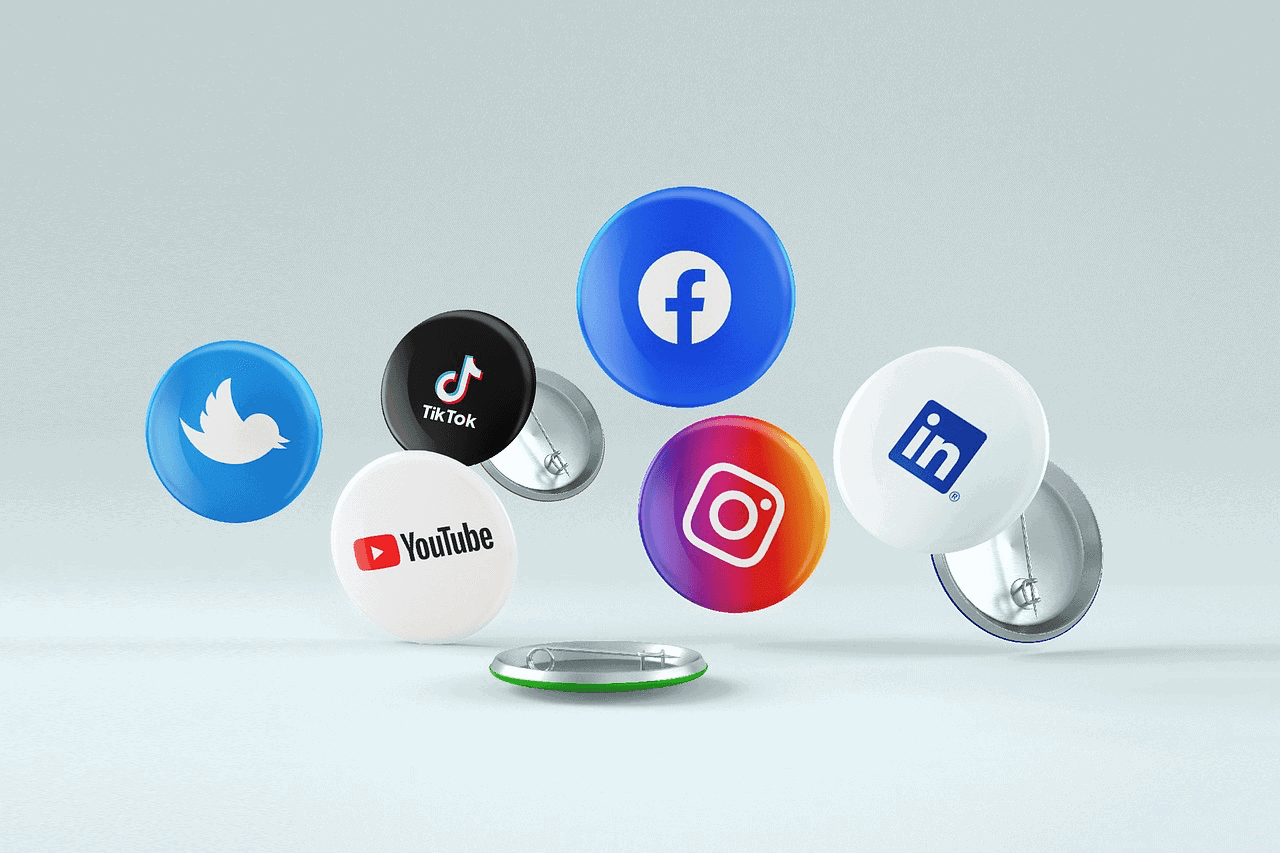Social media content creation involves more than just posting the same material across multiple platforms. With a variety of formats such as carousels, GIFs, and videos, each platform has its own unique demands and audience expectations. To truly optimize your social media content creation strategy, you need to tailor your posts to fit platform-specific needs while maintaining a consistent brand voice.
This article will explore practical tips to help you streamline content creation across different platforms. We’ll explore key strategies, platform nuances and tools you can utilize to maximize engagement and efficiency. Whether you’re looking to create more impactful content or enhance your workflows, this article will offer insights and actionable steps to help you optimize your social media content creation across platforms.
Why is social media content creation important?
Ever wonder why some brands seem to dominate on social media while others struggle to engage their followers at all? The key is smart content creation. The right content can connect you to a worldwide audience, foster meaningful engagement, and make a lasting impact.
Why is good social media content creation so effective though?
- Global reach. Social media allows you to connect with a global audience while also narrowing your focus to specific demographics. This ensures your content reaches the right people, maximizing its effectiveness.
- Visual. Social media thrives on visuals. Eye-catching images and videos capture attention in crowded feeds and deliver a more powerful message that plain text ever could.
- Going viral. Creating shareable, engaging content can expose your brand to a much larger audience. By “going viral”, your brand’s personality shines through and becomes more relatable and memorable.
- Data-driven insights. Social media platforms provide valuable metrics which help you make data-driven decisions about your content. Understanding your audience and how they are interacting with your content is essential for effective content creation.
- Cost-effective. Compared to traditional marketing methods, social media offers a low-cost way to promote your brand, no matter the size of your business.
If you get your social media content creation strategy right, you can see huge improvements on your business outcomes overall.

Free to use image sourced from Unsplash
Understanding each platform’s unique characteristics
By understanding how audiences engage on each platform, you can tailor your strategy to meet their needs and expand your reach. You don’t necessarily need to be active on every platform. But with a bit of research into which social media platforms your target audience prefers, you can focus your efforts there.
Let’s take a look at some of the most popular social media platforms and briefly explore their unique characteristics.
Facebook’s audience is broad. Users range from teenagers to older adults, which makes it ideal for businesses targeting a diverse, global audience.
It supports various content formats, including text, images, videos, and carousels. Not only that, it offers a variety of ad options for businesses looking to invest in social media advertising. Facebook offers users detailed analytics to help determine engagement levels and optimize content creation.
Instagram is a highly visual platform where images, reels and stories dominate. Users expect high-quality visuals in the form of photos or short, engaging videos. Consistency in aesthetic and branding is crucial on this platform. For example, a cohesive feed with a defined color palette and style creates a recognizable brand presence that attracts and retains followers.
Hashtags are key when it comes to using Instagram effectively. Using relevant and trending hashtags on Instagram can increase visibility and boost reach. As well as this, engaging with users through comments and engaging stories fosters stronger connections and therefore encourages brand loyalty.
X (previously Twitter)
Formerly known as Twitter, X thrives on concise and to-the-point content. Timing is essential, as X is fast-paced, so posting during peak times can greatly boost visibility.
Just like Instagram, using trending hashtags can help your content get discovered by a wider audience. Users often search for a hashtag to see relevant content about a particular trending topic. This is where X excels as the place to get real-time engagement and responses to trending topics around the world.
TikTok
Gaining in popularity over the last few years, TikTok is all about short videos that capture attention quickly. Creativity, sound, and visual effects play a significant role in engaging users within seconds.

Free to use image sourced from Unsplash
To succeed on TikTok, brands often leverage trending challenges or viral memes. For this reason, it’s essential to keep on top of what is popular and adapt your content to reflect current trends.
In contrast to Instagram, where highly polished content is expected, TikTok users tend to value authenticity. Humorous and relatable content often performs well on TikTok and helps brands connect with users on a more personal level.
LinkedIn is a professional platform, so it’s important to maintain a businesslike tone. Unlike many other social platforms, it’s a place to connect with other businesses rather than your target audience. It’s ideal for sharing industry insights and company news, as well as keeping up with what your competitors are up to.
For B2B brands however, your target audience is other businesses. So of course, LinkedIn is important for your marketing strategy. A sales business might post about the types of sales methodology, for example. Posting articles, case studies and expert opinions can help to establish thought leadership and enhance your brand’s credibility within your industry.
While this is not an exhaustive list of social media platforms, it provides an insight into the various different characteristics of some of the most popular networks out there. Understanding your audience and the platforms they use is key. Armed with that information, you can then delve deeper into how to optimize your social media content creation across different platforms.
How to optimize your social media content creation across different platforms
Now that you understand the importance of effective content creation and the unique characteristics of some key platforms, it’s time to look closer at how exactly to optimize your social media content creation.
Platform-specific content creation
While you can definitely repurpose content across different platforms, it’s essential that you consider each social network’s nuances. What works on Instagram might not work on X, since each caters to a different audience with different expectations.
It’s important to engage with platform-specific features too. Keep up to date with new and trending features to ensure you stay relevant and that the social media algorithms do you some favors. Features such as stories, reels, live streams and polls can all help to boost your engagement and keep your content fresh.

Free to use image sourced from Pixabay
Adopting a platform-specific content creation strategy involves tailoring your content and tactics for each network. In doing so, you create content that resonates more with your audience and therefore increases your engagement and maximizes the impact of your content.
Cross-posting
Adopting a platform-specific strategy sounds like a lot of work, but with some clever adaptations, you can use the same content for various platforms.
Cross-posting allows you to share the same message across multiple platforms while saving time. As we discussed above though, it is essential to adapt the content to fit each platform’s unique features. Understanding the API meaning and how each platform’s API (Application Programming Interface) works can also streamline this process. For example, promoting a vlog posted on YouTube could be adapted for various networks:
Facebook – Post the link to YouTube with a short but detailed caption about the vlog.
Instagram – Post short clips from the vlog on stories.
X – Post a short quote from the vlog which is particularly relevant or thought-provoking.
TikTok – Post a short and engaging clip from the vlog to capture users attention.
LinkedIn – Publish a short article about the making of the vlog.
You can see how the same piece of content can be repurposed to fit the needs and expectations of users on the different social platforms. Whether you repurpose email content for social media, or adapt your existing content for the different platforms, this avoids posting generic posts that feel out of place.
Consistency in branding across platforms
When posting on multiple platforms, don’t underestimate the power of consistency. Visual elements—such as fonts and colors—should remain consistent across the platforms. Equally important is keeping a consistent tone in your messaging. A consistent brand identity is essential for building recognition and trust.
Develop guidelines for how your brand should appear on all social media platforms. To do this, consider your brand values and personality, as well as the expectations of your customer.
You need to make sure all employees involved in content creation or customer interactions are on the same page about your brand identity and tone of voice. For large businesses, therefore, you might consider using an enterprise collaboration solution to bring employees together from across the company to create your brand style guide.
A consistent brand identity makes it easier for your audience to connect with your message no matter where they engage with your content.
Create a content calendar
A content calendar is a vital tool when it comes to optimizing your social media content creation across different platforms. This allows you to plan your content ahead of time and ensures you maintain a regular posting schedule. A content calendar should also help businesses align social media content with specific campaigns, product launches, holidays and so on.

Free to use image sourced from Unsplash
Use scheduling and automation tools
You’re possibly aware of the increasing use of AI in sales industry businesses. But artificial intelligence is being increasingly used for social media management.
Scheduling and automation tools like Later and Sprout Social are essential for streamlining your approach to social media management. These platforms allow you to automate your marketing workflows, helping you plan, schedule and automatically publish posts across multiple platforms. Many tools will also allow you to preview posts as they appear which helps you maintain that all important consistent brand image.
Leverage user-generated content
User-generated content is a powerful tool for building a community around your brand. Encourage customers to share their reviews and experiences with your products and share them on social media. You can then share this content with your wider audience.
To encourage your audience to create content about your brand, you might want to create a hashtag or run a competition on your socials. You may even want to reach out to social media influencers and allow them to try your product in exchange for content. Users are more likely to trust fellow customers and will resonate with user-generated content, therefore building trust with your brand.
Utilize social media analytics
Each social media platform provides analytics to help you understand how your content is performing. Engagement rates and demographic breakdowns offer insights into what resonates with your audience. This can also help you conduct social media audience segmentation which in turn allows you to tailor your content effectively.
By regularly analyzing these metrics, you can identify patterns in audience behavior and determine which content performs best on the different platforms. You can then refine your content creation strategy to optimize content or adjust posting times to better suit audience preferences.

Free to use image sourced from Pixabay
Monitor trends and adapt your strategy
Staying on top of social media trends is crucial for keeping your content relevant and engaging. Social platforms are constantly evolving, and what works today might not work tomorrow. New tools and features can affect how content is distributed and engaged with, meaning that your tried and tested strategies may not work anymore.
Staying informed about these platform changes is critical for ensuring your content performs well. For instance, if a platform starts prioritizing video content, you may need to adjust your strategy to include more video posts. Or perhaps new automated marketing tools will become available for certain platforms, and you’ll need to evaluate if they are worthwhile for your brand. The important thing is to ensure you are adaptable and open to changing your social media content strategy in order for it to remain effective.
You need to be able to adjust your approach based on what is popular or trending, while also staying true to your brand identity. When a trend aligns with your brand’s goals, pivoting your content to take advantage of it can help you stay relevant and connect with your audience more effectively.
Learning How to Optimize Your Social Media Content Across Different Platforms
In conclusion, optimizing social media content creation across different platforms requires a strategic approach that goes beyond simply sharing the same material everywhere. By understanding the unique features of each platform as well as audience expectations, you can tailor your content to engage your audience effectively.
From platform-specific strategies and cross-posting adaptations to leveraging scheduling tools and user-generated content, the key is to remain organized and consistent. Monitoring trends and analyzing performance data will help you refine your strategy over time and ensure it remains effective.
By following these best practices, you will not only boost engagement but also ensure your brand stays relevant and impactful across all social media platforms.

